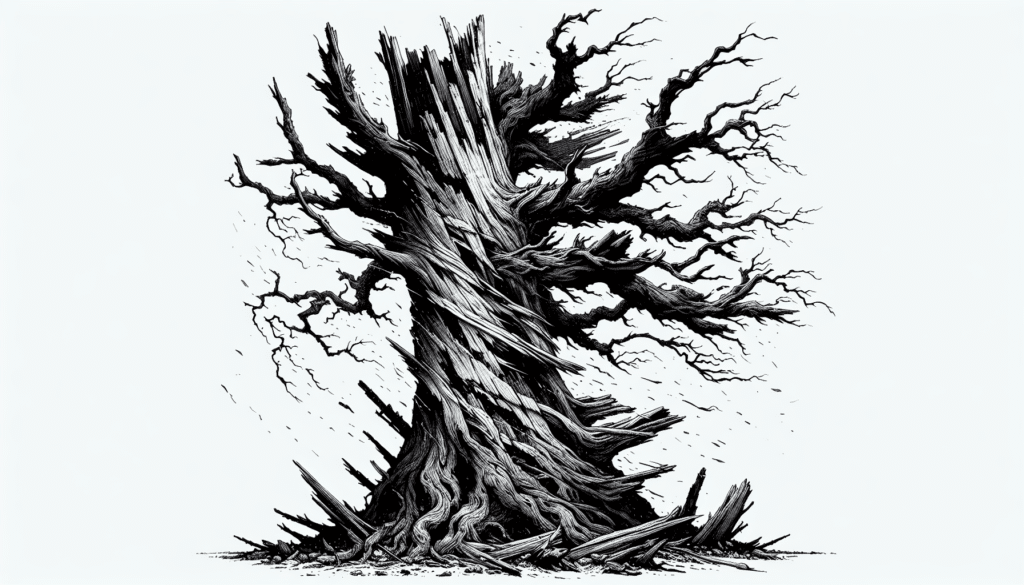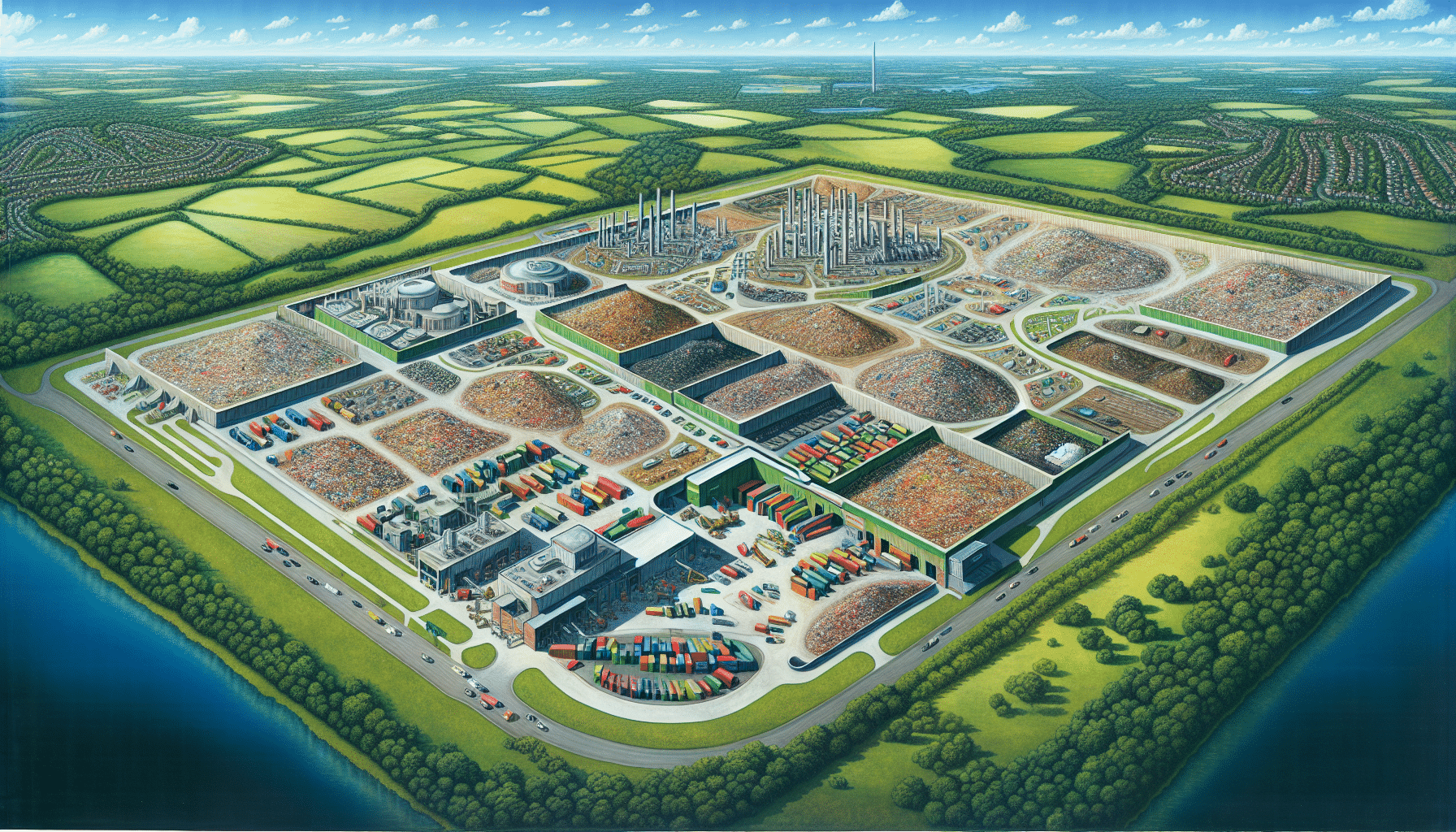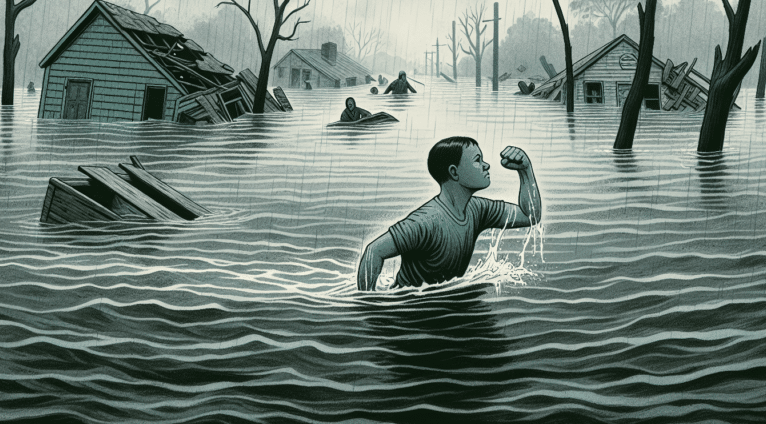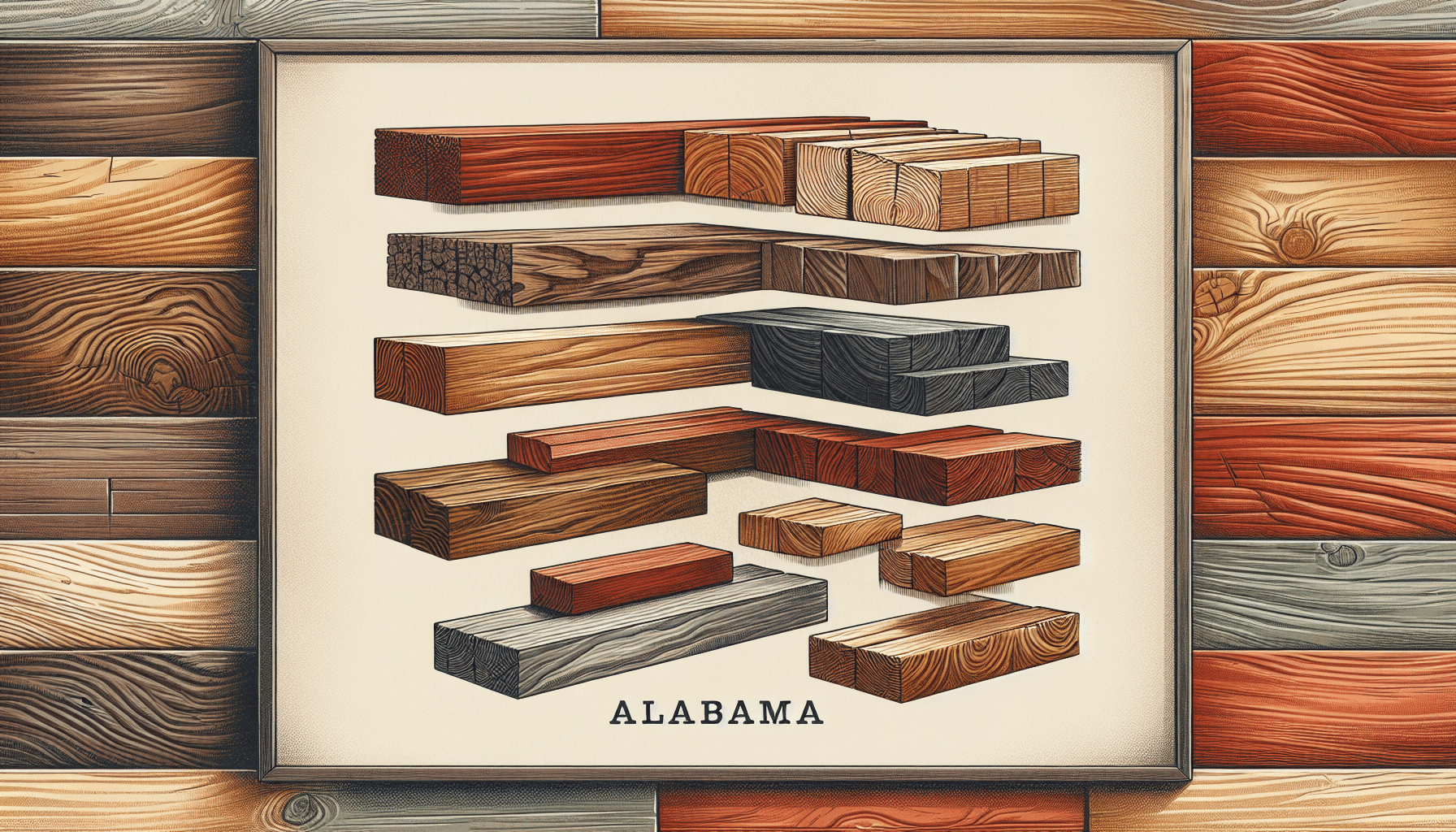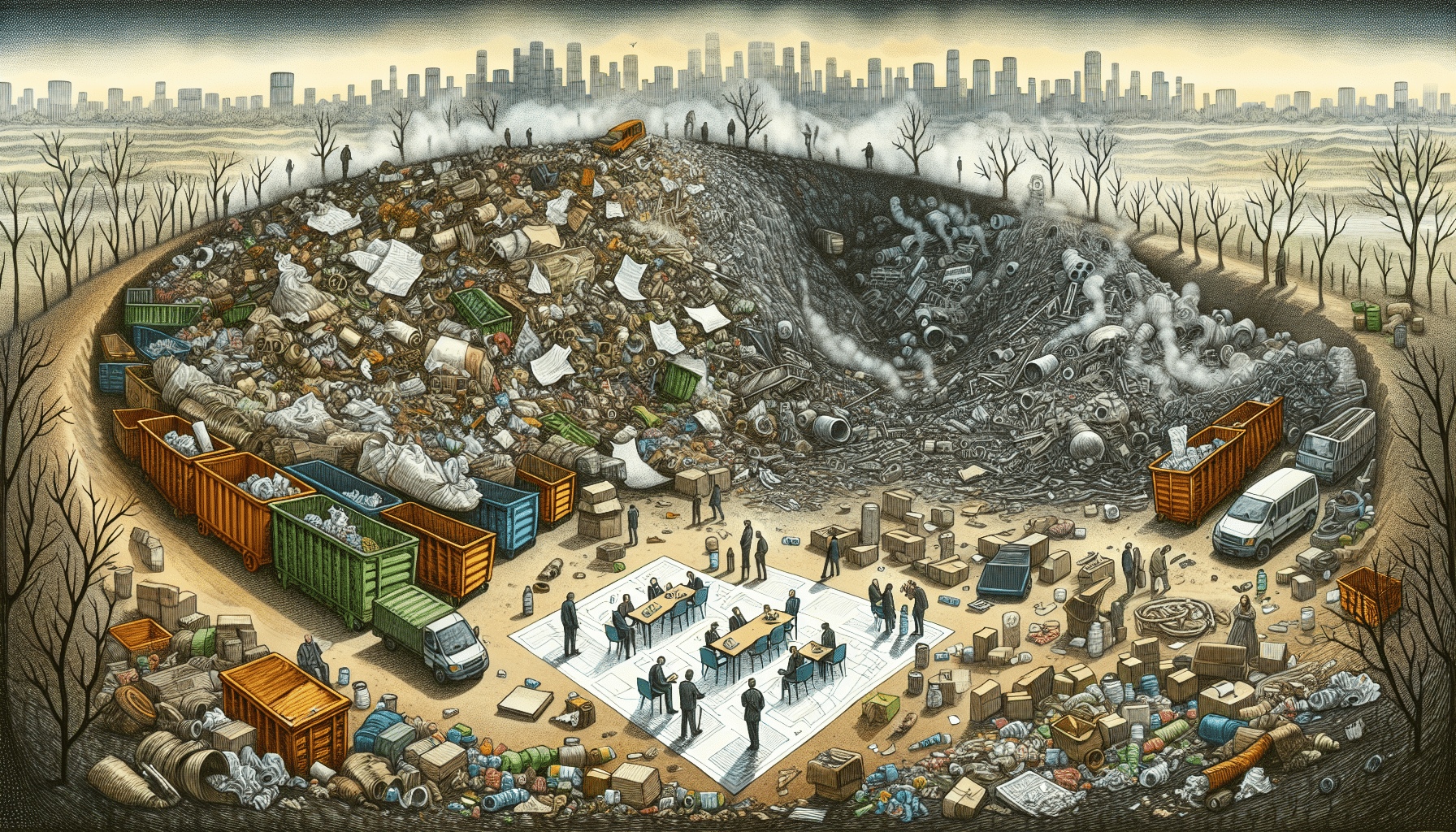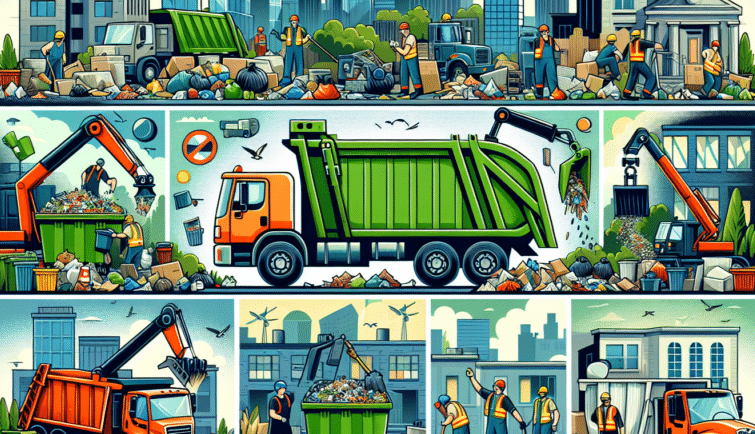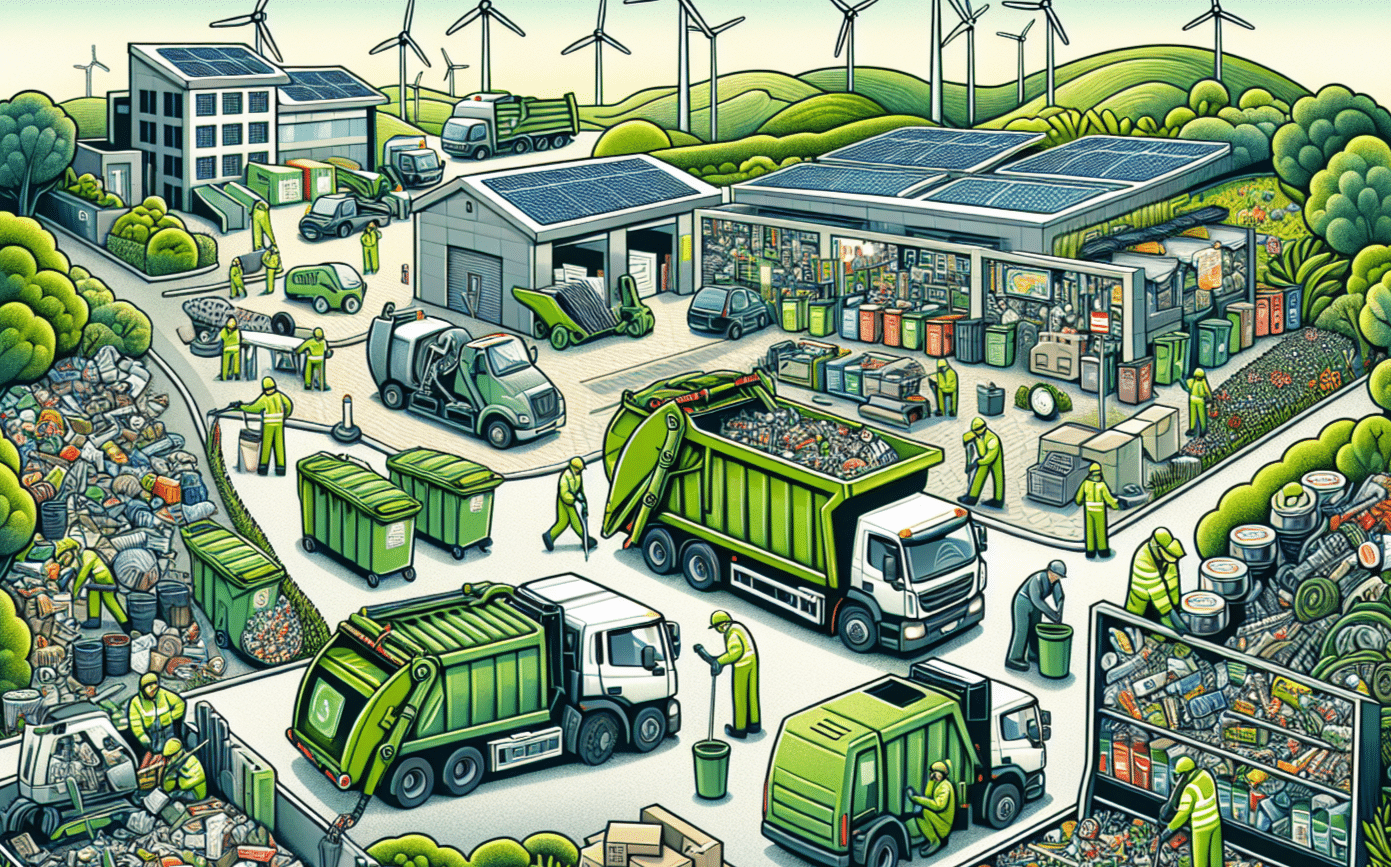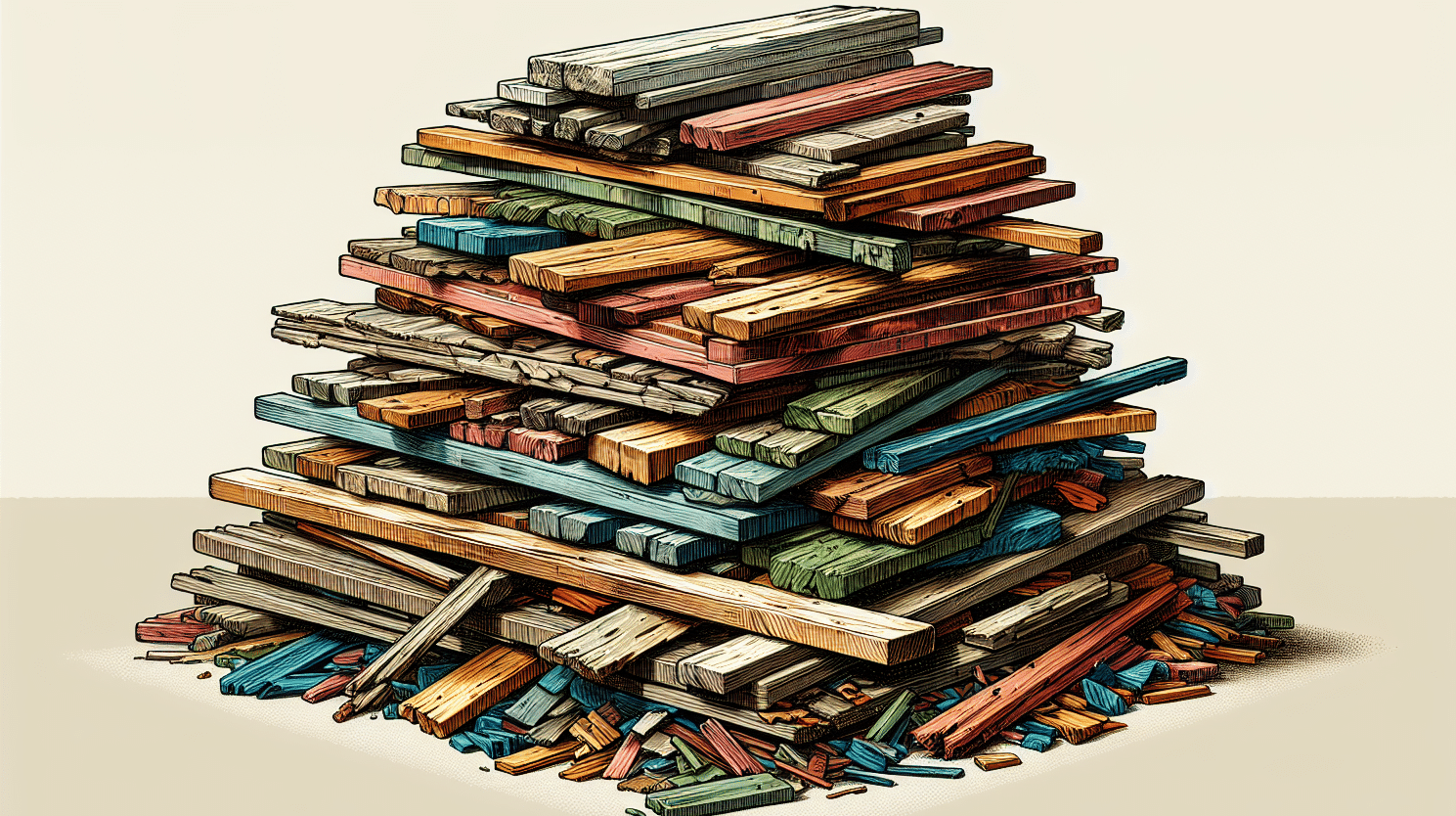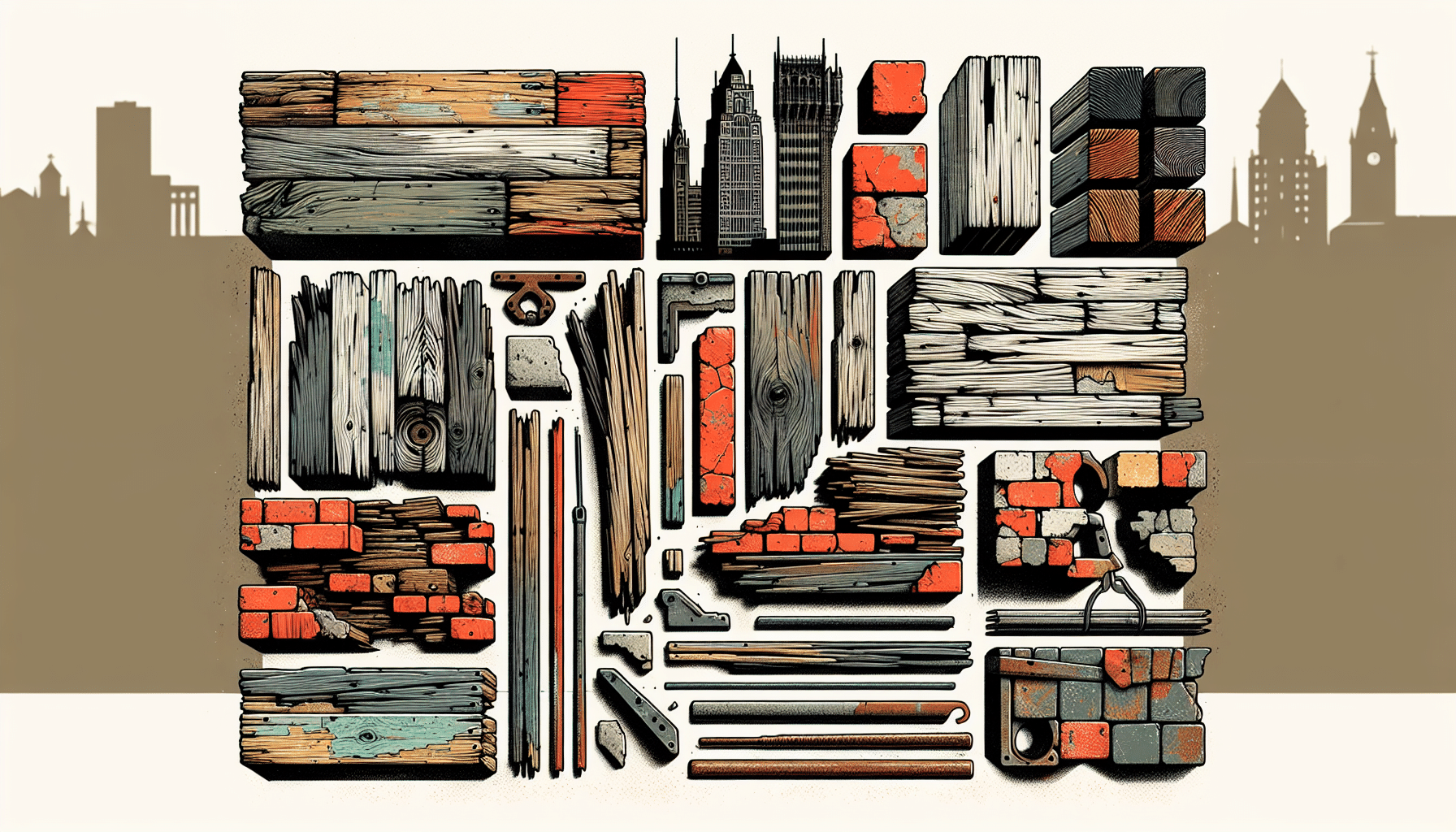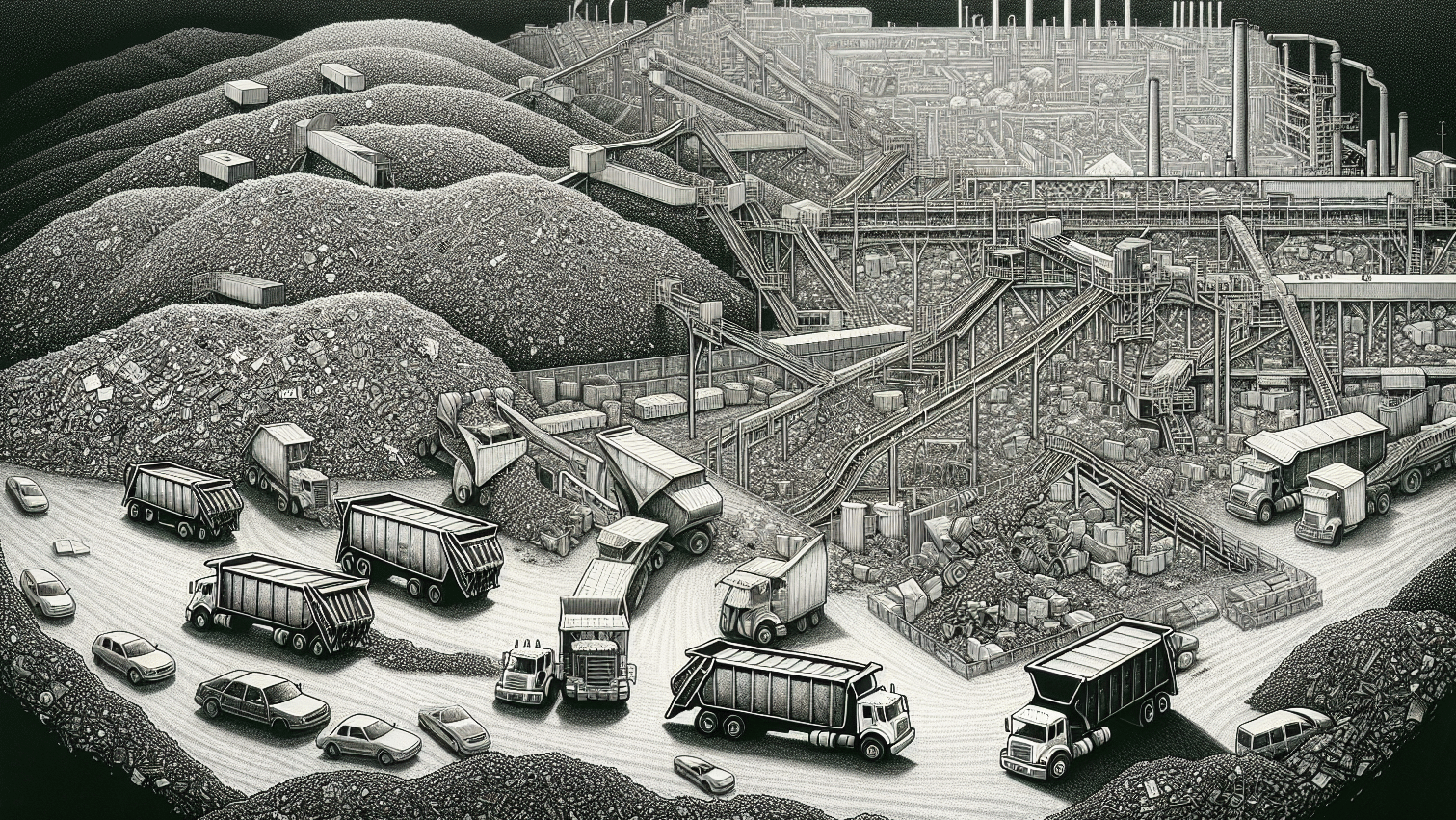If your yard now has a storm-damaged tree, quick action is essential. Understanding the severity of the damage and knowing when professional help is needed is crucial. This article will walk you through the immediate steps to assess safety risks and tree recovery or removal basics.
Key Takeaways
- After a storm, it is crucial to assess tree damage carefully, prioritizing personal safety and identifying trees that need immediate professional attention, particularly if there are downed power lines or structural damage to large trees.
- Cleanup should be conducted cautiously, using appropriate protective gear and tools. Broken limbs and debris should be methodically removed, with professional arborists called in for heavy lifting or complex tree stabilization and removal tasks.
- In the aftermath, proactive measures such as strategic pruning, choosing resilient tree species, and employing certified arborists for maintenance can prevent severe storm damage in the future and enhance overall landscape resilience.
Navigating the Aftermath of Storm Damage to Trees
When the storm calms, the real work begins. The landscape you cherished now lies in disarray. You might wonder, where do I even start? The key is to assess the extent of the damage first, understanding that the safety of your surroundings takes priority over all else.
As you venture out, remember that the trees, though battered, are not beyond help. With care and attention, many can recover, a testament to their resilience and your dedication.
Ensuring Safety around Storm-Damaged Trees
Start by safeguarding yourself against unforeseen adversaries, like a knight donning armor, by gearing up with gloves, goggles, and a helmet. Casting a wary eye, you’ll need to spot the immediate dangers: downed power lines that could electrify the ground or hanging branches. These treacherous foes are best left to the professionals, armed with expertise and equipment far beyond the reach of your garden shed.
Call the cavalry immediately if you encounter a tree with its trunk cracked.
Identifying Signs of Storm Damage in Trees
The scars left by severe storms, such as high winds and ice storms, are not always apparent to the untrained eye. Broken limbs may dangle precariously, and bark may be stripped away, revealing the tree’s vulnerability to insects and decay. As you survey the significant damage, categorize the destruction: is it mild, moderate, or has the storm exacted a severe toll on your leafy companions?
Remember, even large trees that have weathered countless storms can succumb to nature’s ferocity. Your mission is to spot these signs, understanding that each tree’s fate will rest upon your keen observation and swift action.
Prioritizing Which Trees to Assess First
With a landscape of wounded giants before you, the question arises: which trees should be granted the privilege of immediate attention? The answer lies in prioritizing those who have sustained the most grievous injuries—uprooted, fallen, or leaning with a plea for restoration. Trees that have lost more than half their crowning glory require the discerning eye of a certified arborist, who can adjudicate their stability and potential recovery.
Those smaller trees that have suffered minor uprooting present an opportunity for corrective action, with straightening and guying offering a glimmer of hope for the affected tree roots and tree trunk.
The Cleanup Process: Removing Broken Limbs and Debris
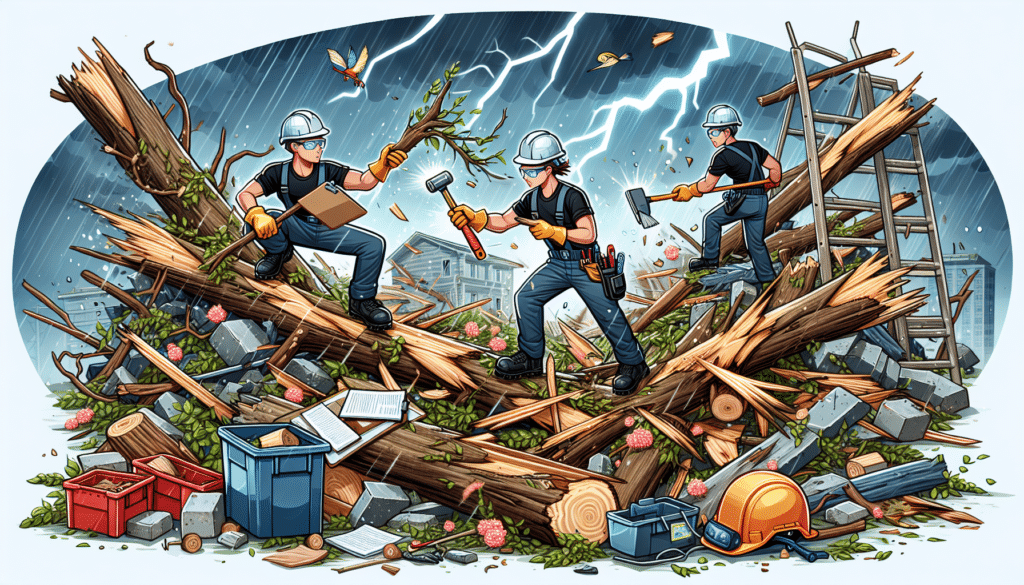
The cleanup process can be compared to a delicate dance, where safety takes the lead and haste comes into play as needed. Donning protective gear, your cleanup crew should choreograph an emergency response plan, ensuring every step is taken with caution and care.
Begin with a thorough site inspection, assessing trees and surrounding areas for lurking dangers that might compromise the operation. It systematically removes broken limbs and debris, ranging from small branches to the fallen behemoths that once stood tall.
Each piece removed is a step closer to reclaiming your sanctuary, with sustainability and local guidelines directing the disposal of the storm’s remnants.
Techniques for Safe Removal of Tree Debris
The art of debris removal begins from the top down, addressing high-risk branches with the grace of an acrobat to minimize further damage to the trees. Chainsaws may roar to life, biting into the wood, while chippers stand ready to devour the smaller detritus of the storm’s wrath.
Yet, not all require such mechanical might; for the smaller, wet branches, a more surgical approach with loppers or pruning shears can be both efficient and kinder to your garden’s living canvas. Remember, each broken branch removed is a wound that needs healing, and proper pruning techniques are the salve that nurtures recovery.
When to Call Professional Arborists for Heavy Lifting
There comes a time in every storm’s aftermath when the task’s weight calls for a mightier hand. The professional arborists, with their specialized equipment and expertise, are the knights in shining armor for your storm-battered trees. When trees tilt precariously, or their limbs sprawl across your property like fallen warriors, the professionals must be summoned for their safe stabilization or removal.
In the presence of large, unmanageable sections of debris, these seasoned warriors of the arboreal realm ensure the job is done safely and efficiently, sparing you the risks and the back-breaking labor.
Restorative Actions for Storm-Damaged Trees
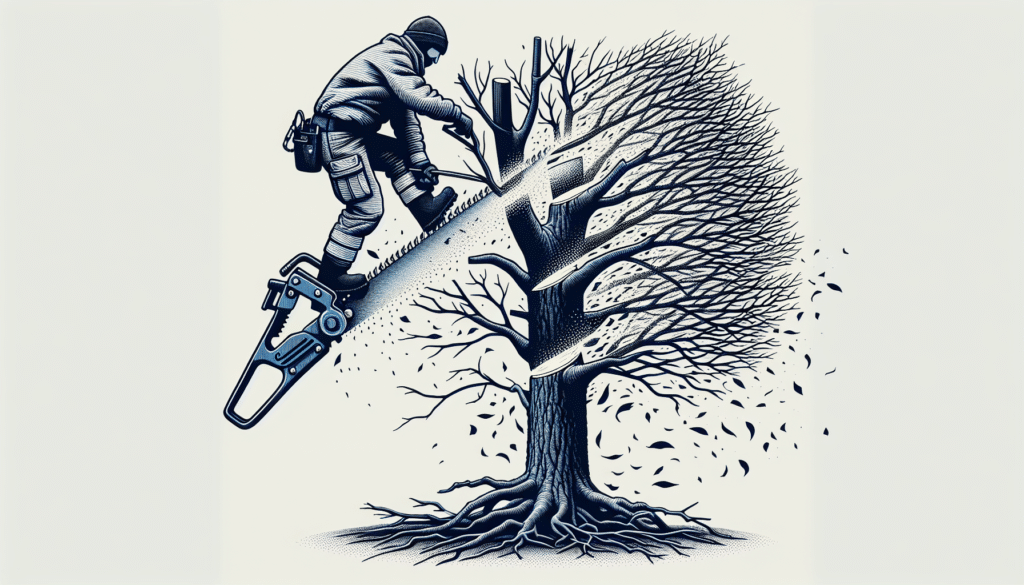
The storm may have passed, but your trees still bear the battle scars. Now, it’s time to start the delicate process of restorative actions, nursing the wounded back to health. Smoothing the torn bark is not just a cosmetic touch but a crucial step in accelerating the tree’s healing and warding off insect invasions and decay.
Remember, the goal is to restore the tree’s former glory and ensure its continued survival against the onslaught of future storms. When the damage calls for corrective pruning or cabling, the wisdom of a certified arborist is invaluable, guiding the tree’s recovery with a knowledgeable hand.
Pruning for Health: Addressing Minor Damage
Pruning is not merely a cut here and a snip there; it is a craft that must be executed with precision and care. The goal is to remove only the damaged wood, preserving the trunk and main stems to foster stability and promote healthy growth. To prune for health, one must understand the language of trees, locating the ‘branch bark ridge’ and ‘branch collar’ to make cuts that neither starve nor suffocate the living wood.
Post-storm, loose branches must be removed with urgency, but the finer touches, the finishing cuts, should wait for the tree’s dormant season, ensuring the best chance for the tree’s recovery.
Supporting Recovery: Caring for Partially Damaged Trees
There is a path to recovery for those trees that stand wounded but unbowed. Cabling and bracing are the crutches that lend strength to a tree’s weakened limbs, offering a chance for healing and growth. It’s a delicate balance, understanding when to intervene with these supports and when to let nature take its course.
An arborist’s keen eye will discern the extent of the damage and whether cabling and bracing are the right course of action. This will ensure the tree’s stability as it regains its strength. The goal is to provide the tree with the support it needs without hindering its natural resilience.
Deciding between Rehabilitation and Removal
The decision to rehabilitate or remove a storm-damaged tree is not one to take lightly. Each tree tells a story, and assessing the damage is the first chapter in deciding its fate.
In cases of moderate to severe damage, removal is the kindest and safest option when the structural integrity is compromised beyond repair. Structurally weakened branches that represent future hazards, such as weakly attached branches, must be weighed in this decision for the safety of all who dwell beneath their canopy.
The Cost Factor: Understanding Tree Service Expenses
Once the dust settles and the noise of chainsaws fades, the inevitable question of cost emerges. Understanding tree service expenses is complex, varying with the type of service, the size of the tree, and the whims of seasonal demand. The average cost for trimming services hovers around $475, but this is a starting point in a range that can extend from a modest $50 for minor work up to a grandiose $1,000 or more for the larger tasks.
It’s a financial puzzle, and the pieces include cleanup, disposal, and the timing of the service. Winter often offers a reprieve in costs compared to the busier spring and summer months.
Estimating the Cost of Pruning and Minor Repairs
The cost of pruning and minor repairs can be as varied as the trees themselves. Small trees, reaching up to 30 feet, may cost $85 to $400, while their taller brethren may command anywhere from $150 to $775 for medium-sized trees. When it comes to the giants of the garden, those towering above 60 feet, the prices can climb to the lofty heights of $1,700.
It’s a delicate balance, weighing the tree’s height and extent of damage against the cost of pruning. Each snip and cut is a financial consideration as much as an arboricultural one.
Budgeting for Major Storm Damage Tree Removal
Removing a large, storm-damaged tree is a labor-intensive endeavor, often reflected in the price. Such tasks can easily venture into the thousands-dollar range, a sum that surprises homeowners. The extent of the damage plays a key role in this financial equation; the more severe the storm’s toll, the more likely the need for the tree’s removal.
Preparing for the potential high costs of ensuring the safety and aesthetics of your property can be a budgeting challenge.
Proactive Measures to Mitigate Future Storm Damage
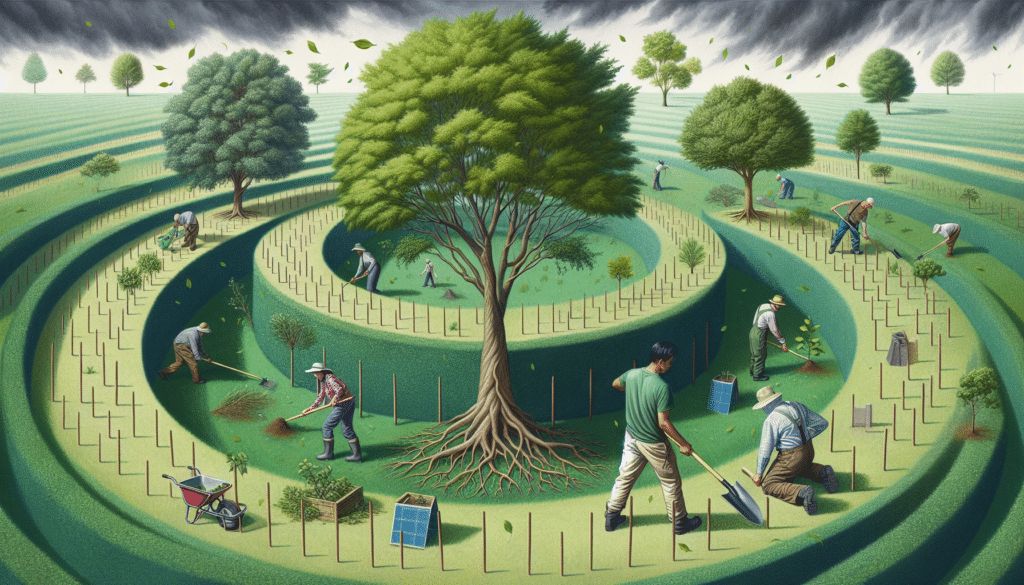
After the storm subsides and leaves you in silence, preparing for any future storms that might threaten your lush sanctuary becomes crucial. Proactive measures can be the shield that guards your trees against the wrath of future storms. Strategic planting, such as grouping trees together, can provide a natural buffer, while the choice of resilient species like white oaks and hickories can stand as steadfast sentinels in the face of high winds.
Planning and strategic design are the foundations of a resilient landscape. They mitigate potential damage and spare you the heartache and expenses of another post-storm recovery.
Selective Pruning and Maintenance to Strengthen Trees
Regular pruning and maintenance are the routines that build resilience. By removing weakly attached limbs, you prevent the growth of potential projectiles in the midst of a storm. Preserving the branch collar and avoiding flush cuts with the trunk ensure a tree’s structural integrity remains unbreached. It’s an ongoing vigilance, where regular inspections can reveal damage or potential problems before they escalate during severe weather conditions.
Letting trees sway naturally in the wind without stakes encourages the development of solid trunks and root systems, fortifying them against the fury of future storms with a healthy root system.
Landscape Design Considerations for Storm Resilience
The blueprint for a storm-resilient landscape is as much an art as it is a science. Incorporating a tapestry of plant species, each with its own strengths and wind resistance, creates a living mosaic that can weather the storm’s assault. Some native plants that are known for their storm resilience include:
- Sea oats
- Saltbush
- Beach sunflower
- Saw palmetto
- Cocoplum
- Simpson’s stopper
These native plants have evolved to thrive in the local climate. They are the unsung heroes, seamlessly integrating into the ecosystem and standing firm against the unique challenges of the local weather patterns.
By choosing wind-resistant hardscaping materials, you fortify your garden’s defenses, ensuring that when the winds howl, and the skies darken, your landscape stands a better chance of emerging unscathed.
Choosing the Right Tree Service for Storm Damage Scenarios

Choosing the appropriate tree service for storm damage scenarios can significantly influence the speed of your recovery and prevent any prolonged turmoil. It’s essential to verify the company’s liability insurance and workers’ compensation insurance, which ensures that you are not left holding the bag should any mishaps occur during the cleanup. Opting for a service with Certified Arborists on the team is like choosing a seasoned captain to navigate through turbulent waters; their knowledge and experience are your best allies in adequately assessing and repairing storm-damaged trees.
Pay heed to the company’s reputation, seeking out those with Better Business Bureau accreditation and positive customer reviews. These hallmarks indicate a provider you can trust with the well-being of your green assets.
What to Look for in a Certified Arborist
In tree care, a certified arborist is akin to a skilled surgeon who understands the minute intricacies of arboreal health. Their expertise becomes particularly invaluable after a storm when minor issues can quickly escalate into significant complications if not addressed promptly. An arborist worth their salt will have:
- Credentials
- A well-established presence in the community
- Positive feedback
- A history of successful interventions
This combination of expertise and trustworthiness should guide your choice, ensuring that the individual tasked with the health of your trees is as committed to their vigor as you are.
Questions to Ask before Hiring a Tree Service Company
As you stand on the threshold of hiring a tree service company, arm yourself with questions that pierce to the heart of their operations. Here are some questions to consider:
- What variety of services do they offer?
- Can they handle the specific palette of storm damage that has colored your landscape?
- Delve into their experience with storm scenarios, for this battle-hardened knowledge will ensure that your damaged trees receive the care they require.
Collecting multiple estimates can help you determine a reasonable price while understanding local permits and regulations will help you avoid any unforeseen legal entanglements or additional costs.
Summary
As you reflect on the journey from storm-ravaged chaos to restored tranquility, remember the key steps that guided the way: assessing the damage with a discerning eye, ensuring safety, calling on professional expertise when needed, and taking vital actions to heal your trees. Understanding the financial implications and preparing for the future will ensure that you and your trees will stand ready when the next storm descends, rooted in knowledge and resilience. May your trees grow stronger and your spirit remain unshaken as you embrace the lessons learned from nature’s trials.
Frequently Asked Questions
What immediate actions should I take after a storm has damaged my trees?
After a storm has damaged your trees, prioritize safety by wearing protective gear and avoiding hazards like downed power lines. Inspect the trees for damage, focusing on those that pose a safety threat, and contact a professional arborist if needed.
How can I tell if a tree is structurally sound after storm damage?
To assess structural soundness after storm damage, inspect the tree for broken branches, torn bark, cracks in the trunk, and root damage. For larger trees or extensive damage, it’s advisable to seek a professional assessment from a certified arborist.
When is it necessary to call professional arborists for storm damage cleanup?
Call professional arborists for storm damage cleanup when heavy lifting, removal of large or unstable debris, and specialized equipment are required, particularly if safety risks are present or damage is extensive.
What can I do to prevent storm damage to trees in the future?
To prevent storm damage to trees in the future, consider implementing proactive measures such as strategic planting, regular pruning, and selecting resilient tree species to strengthen them against strong winds. Incorporating wind-resistant materials in your landscape design can also help.
How do I choose the right tree service for storm damage recovery?
When choosing a tree service for storm damage recovery, verify insurance, check for certifications and positive reviews, and assess their experience with storm damage scenarios. Asking about their services and getting multiple estimates can help ensure a fair price for the work.
